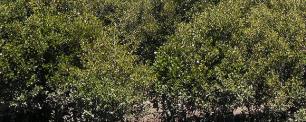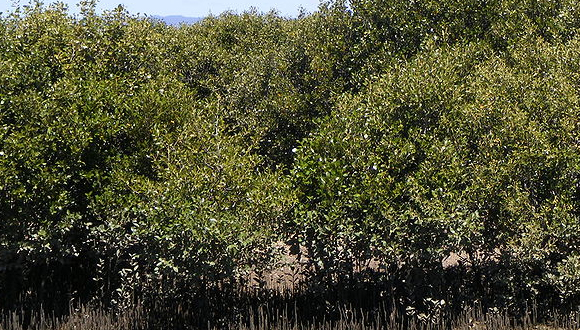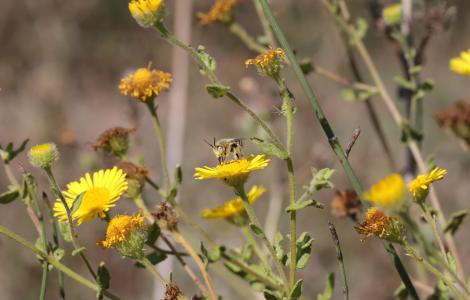SEMINARIO CREAF: Structure and Function of Wood in mangroves

Mangroves provide a range of ecosystem services, including coastal protection from waves, wind and weather events. The degree of coastal protection provided by mangroves and their survival partly depends on their wood density and mechanical strength. Wood maintains the structure of the trees by providing resistance to breakage and flexibility when strong winds and other environmental forces act upon trees.

AUTORES:
PhD candidate, Nadia S. Santini
Supervisor, Prof. Catherine E. Lovelock
Co-Supervisor, Dr. Nele Schmitz
The University of Queensland, Australia
RESUMEN:
I will present part of my PhD work in mangroves. Mangroves are halophytic, woody plants distributed along the tropical and subtropical tidal margins, between ~25°N to 38°S. They are exposed to winds and tides and to extreme events such as cyclones, hurricanes and tsunamis. Mangroves provide a range of ecosystem services, including coastal protection from waves, wind and weather events. The degree of coastal protection provided by mangroves and their survival partly depends on their wood density and mechanical strength. Wood maintains the structure of the trees by providing resistance to breakage and flexibility when strong winds and other environmental forces act upon trees.
Firstly, I will cover my work on “Dependence of the mangrove Avicennia marina on fresh and saline water sources”, for this study; I aimed to evaluate the extent of freshwater utilization by A. marina using stable oxygen isotopes as tracers for water sources.
My results showed that A. marina uses a mix of rainwater/groundwater and tidal water sources for metabolic processes.
Secondly, I will present my work on “The anatomical basis of the link between wood density and mechanical strength in mangrove branches”. For this study, I investigated how wood mechanical strength and wood density relate to wood anatomy in mangrove branches, by using plant anatomy techniques and an electromechanical strength-testing instrument, this work demonstrated that wood density is a good predictor of mechanical strength and that mangrove species exhibit a range of mechanical strength. The associations between wood strength and anatomical characteristics that I found in mangrove branches may balance mechanical strength and water supply, both of which are linked to tree growth and survival.
CUANDO Y DONDE
17 de octubre a las 15h Sala de Grados II Facultad Biociencias UAB
Related news

The first report on the conservation status of wild pollinators in Catalonia is presented

IPBES publishes two reports to transform the way we engage with nature, conserve it and survive


